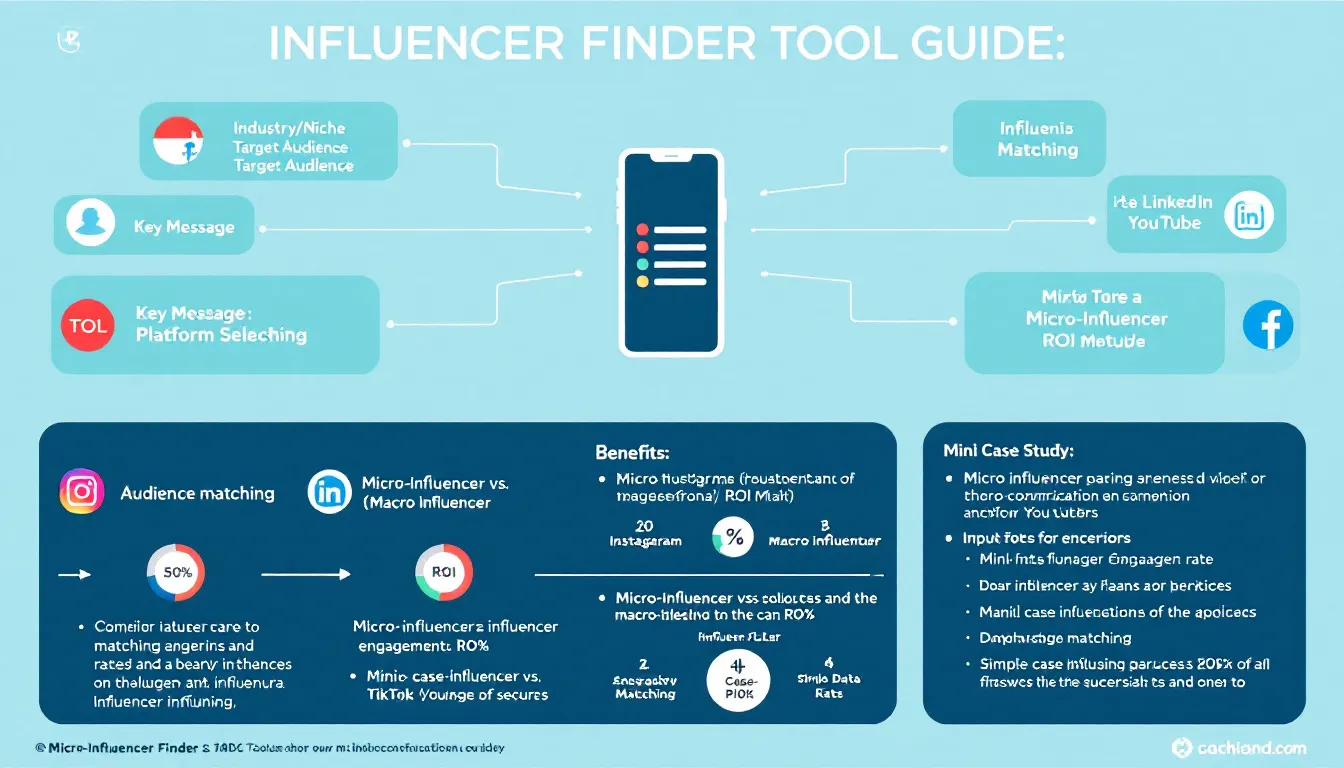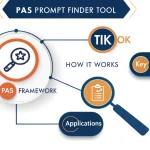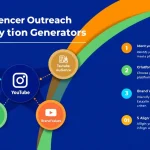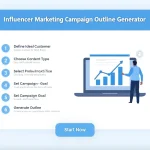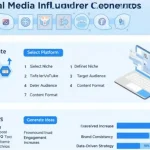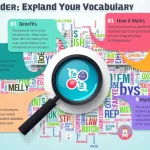Is this tool helpful?
How to Use the Micro-Influencer Finder Tool Effectively
To maximize the effectiveness of this micro-influencer finder tool, follow these step-by-step instructions with each field:
1. Industry or Niche Field
Enter your specific industry or niche. Be as precise as possible:
- Example 1: “Sustainable home products and eco-friendly cleaning solutions”
- Example 2: “Plant-based protein supplements and wellness nutrition”
2. Target Audience Description
Provide detailed information about your ideal audience demographics, interests, and behaviors:
- Example 1: “Health-conscious millennials in urban areas, interested in zero-waste lifestyle and natural cleaning products, income range $50K-$80K”
- Example 2: “Active fitness enthusiasts aged 28-45, focused on muscle building and clean eating, primarily male demographic”
3. Key Message Field
Define your value proposition and core message:
- Example 1: “Our products help reduce household plastic waste while delivering superior cleaning performance using natural ingredients”
- Example 2: “Plant-based protein supplements that deliver complete amino acid profiles with organic, sustainably-sourced ingredients”
4. Optional Fields
For better results, consider filling in:
- Follower Range: Specify your preferred audience size
- Platform Preferences: Select relevant social media platforms
Understanding the Micro-Influencer Finder Tool
This advanced tool helps brands and marketers identify and connect with relevant micro-influencers who can authentically promote their products or services. The tool analyzes multiple parameters to suggest influencers who align with your brand values and target audience.
Key Features
- Industry-specific targeting
- Audience alignment analysis
- Message compatibility assessment
- Platform-specific recommendations
- Follower range optimization
Benefits of Using the Micro-Influencer Finder Tool
1. Time and Resource Optimization
Instead of manually searching through social media platforms, this tool streamlines the process by:
- Automating influencer discovery
- Filtering for relevant audience demographics
- Matching brand values with influencer content
2. Enhanced Marketing Precision
The tool ensures better marketing outcomes through:
- Targeted audience reach
- Higher engagement potential
- Better ROI on influencer partnerships
3. Strategic Decision Making
Empowers brands with data-driven insights for:
- Influencer selection
- Campaign planning
- Budget allocation
Problem-Solving Capabilities
Challenge 1: Finding Relevant Influencers
The tool addresses this by analyzing:
- Content themes and patterns
- Audience demographics
- Engagement metrics
Challenge 2: Audience Alignment
Ensures proper matching through:
- Demographic overlap analysis
- Interest mapping
- Behavioral pattern matching
Practical Applications and Use Cases
Case Study 1: Sustainable Fashion Brand
A sustainable fashion brand used the tool to find micro-influencers:
- Industry: Sustainable Fashion
- Target Audience: “Environmentally conscious women, 25-40, interested in ethical fashion and sustainability”
- Message: “Timeless fashion pieces made from recycled materials and ethical production practices”
- Result: Identified 10 micro-influencers with 15K-30K followers, achieving 5.2% engagement rate
Case Study 2: Health Tech Startup
A health tech company utilized the tool for product launch:
- Industry: Health Technology
- Target Audience: “Tech-savvy health enthusiasts, 30-50, interested in preventive healthcare and wellness technology”
- Message: “AI-powered health monitoring for personalized wellness insights”
- Result: Connected with 8 micro-influencers in the health tech space, reaching 250K combined followers
Frequently Asked Questions
Q: How do I choose the right follower range for my campaign?
Consider your budget, reach goals, and engagement requirements. Micro-influencers typically have 5,000-50,000 followers, offering higher engagement rates and more authentic connections.
Q: Which social media platforms should I focus on?
Select platforms where your target audience is most active. Instagram works well for visual products, while LinkedIn is better for B2B services, and TikTok excels for younger demographics.
Q: How specific should my industry description be?
Be as specific as possible while maintaining relevance. Instead of “Fashion,” use “Sustainable Streetwear” or “Luxury Accessories for Young Professionals.”
Q: Can I use multiple platforms in my search?
Yes, you can list multiple platforms to find influencers with cross-platform presence, which can increase your campaign’s reach and effectiveness.
Q: How detailed should my target audience description be?
Include key demographics, interests, behaviors, and pain points. The more detailed your description, the more accurate your influencer matches will be.
Q: What makes a good key message for influencer outreach?
Focus on unique selling propositions, brand values, and clear benefits. Make it authentic and aligned with both your brand voice and the influencer’s typical content style.
Best Practices for Tool Usage
1. Regular Updates
Keep your search criteria updated with:
- Current market trends
- Seasonal variations
- Campaign objectives
2. Data Analysis
Review and analyze results by:
- Comparing engagement rates
- Evaluating content alignment
- Assessing audience overlap
3. Campaign Integration
Integrate tool findings with:
- Marketing strategy
- Content calendar
- Budget allocation
- Performance metrics
Important Disclaimer
The calculations, results, and content provided by our tools are not guaranteed to be accurate, complete, or reliable. Users are responsible for verifying and interpreting the results. Our content and tools may contain errors, biases, or inconsistencies. We reserve the right to save inputs and outputs from our tools for the purposes of error debugging, bias identification, and performance improvement. External companies providing AI models used in our tools may also save and process data in accordance with their own policies. By using our tools, you consent to this data collection and processing. We reserve the right to limit the usage of our tools based on current usability factors. By using our tools, you acknowledge that you have read, understood, and agreed to this disclaimer. You accept the inherent risks and limitations associated with the use of our tools and services.
